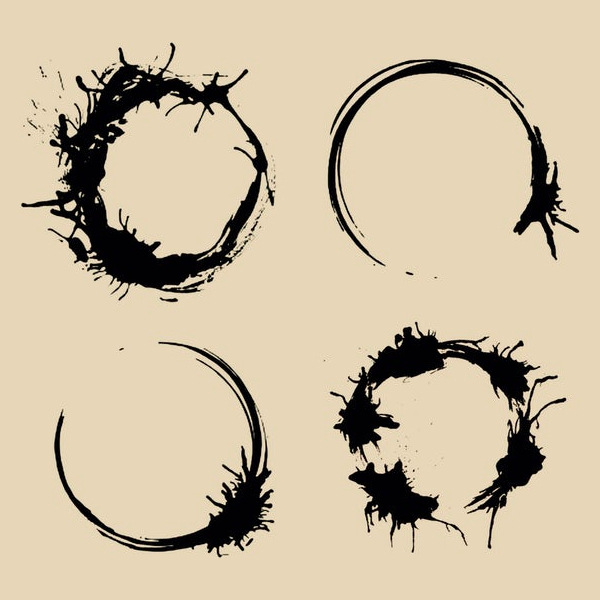Self-organization of knowledge economies
The Yule-Simon distribution describes the diffusion of knowledge and ideas in a social network which in turn influences economic growth.
Journal of Economic Dynamics and Control 52, 150 (2015)




LCP












Suppose that homogenous agents fully consume their time to invent new ideas and learn ideas from their friends. If the social network is complete and agents pick friends and ideas of friends uniformly at random, the distribution of ideas’ popularity is an extension of the Yule–Simon distribution. It has a power-law tail, with an upward or downward curvature. For infinite population it converges to the Yule–Simon distribution. The power law is steeper when innovation is high. Diffusion follows logistic curves.